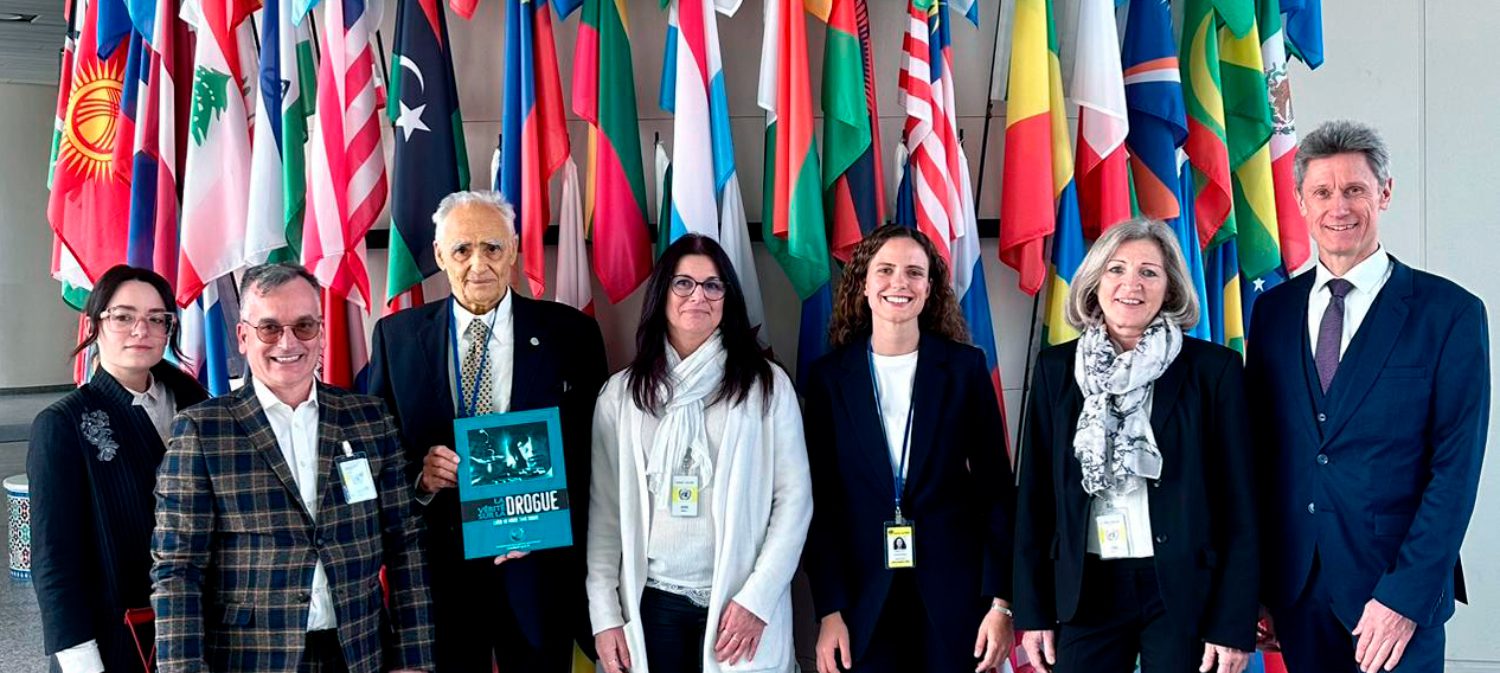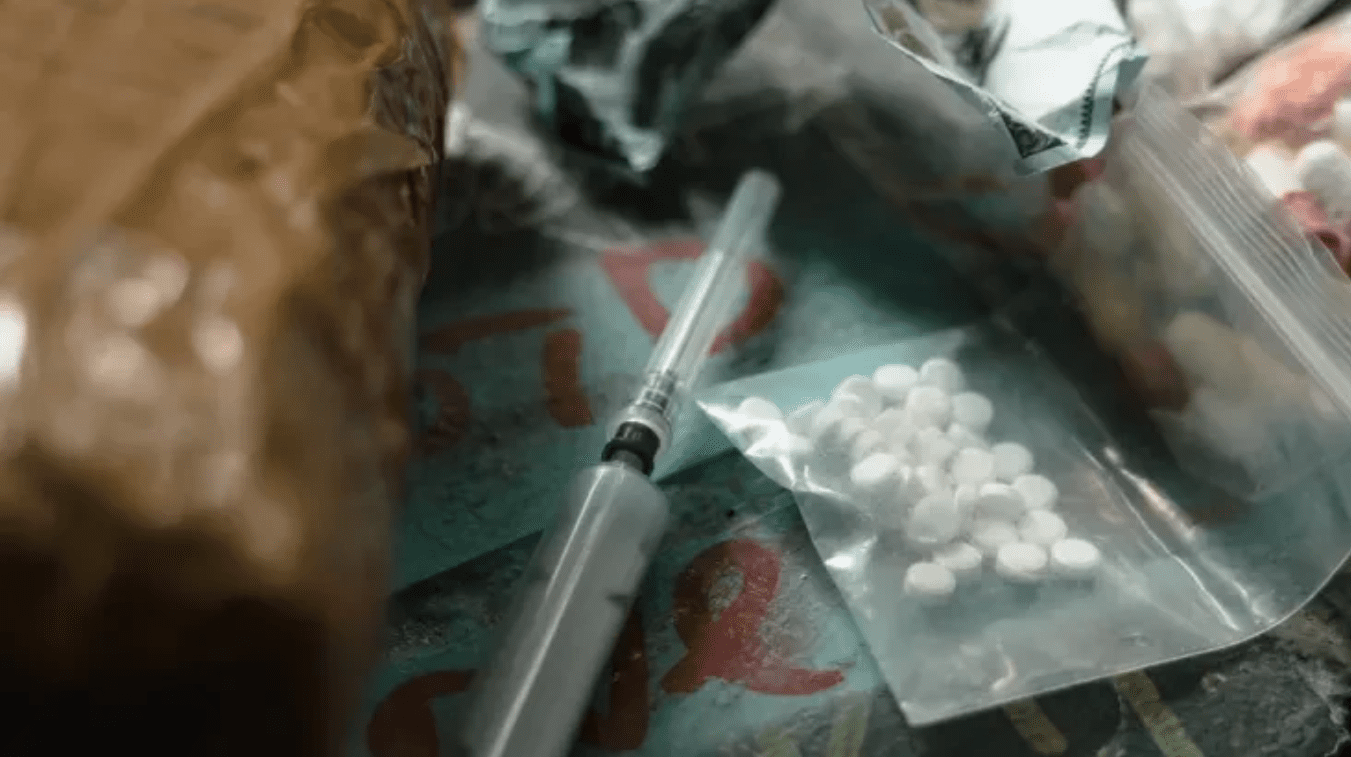FRANCE – Alcohol (ethanol or ethyl alcohol) is a substance resulting from the natural fermentation of grain, sugar juices or plants and ripe fruits, already known and practised for a very long time in human history. Pure alcohol is a colourless liquid very inflammable and highly miscible with water. Its semi-developed formula is CH3-CH2-OH or C2H5OH.
Boiling Point: 78.37°C
Melting point: -114.1°C
Density = 0.7893
Considering the natural life, not only humans but also animals from the elephant to the little monkey are experimenting in sub-Saharian Africa with the psychotropic effects of alcohol with fermented fruits (such as of Marula tree) resulting in a drunk behaviour too.
Alcohol as all addictive substances has powerful effects on the human brain with progressive changes in its structure and function. Indeed, the initial effect makes the users to experience the most often euphoric and pleasurable feelings that motivate people to use again those substances despite the numerous risks, generally unknown by the users, of significant harm.
Studies of adolescents show that extended alcohol use is associated with a 10% reduction in the size of the hippocampus area of the brain responsible for memory and learning.
On the reward system (located in the limbic area) that motivates to survive, take actions, and then brings pleasure, the alcohol consumption results in raising the levels of the neurotransmitter dopamine and other proteins. This ends up transforming the controlled and occasional alcohol use into an impaired control of the drinking. With repeated drug use, the reward system of the brain becomes subservient to the need for the drug by action in the executive area in the prefrontal cortex, from where impulsions are controlled, decisions planned and then put into execution. And ultimately this is leading to addiction.
Alcohol Effects
Among the symptoms resulting of alcohol, harms are disinhibition in the social behaviour, problems with concentration and memory, confusion, loss of coordination with impaired motor skills, aggressiveness, injuries in the workplace, dizziness, double vision, drowsiness, road accidents, slurred speech, lethargy and also anxiety.
A long term use leads to serious health degradation with cardiovascular problems, increased blood pressure, stroke, pancreas and liver (cirrhosis and fibrosis) problems, impaired cell tissue regeneration of the kidneys, weak immune system, depression, seizures, coma, suicidal thoughts, and death by overdose.
The binge drinking of the youths :
For a blood alcohol concentration higher than 0.8 gr/l in less than 2 hours, i.e. an intake of at least 5 glasses for boys and 4 for girls, studies from 2016 show neuro-inflammatory phenomena responsible for brain damage that could persist in the very long term, with more severe consequences for the girls.
In addition:
Alcohol is a genotoxic agent that causes DNA damage increasing the risks of cancers of the mouth, œsophagus, larynx, pharynx, liver, colon, rectum and for women, breast cancer. In a pregnant woman, the alcohol is crossing the placental barrier and thus is able to alter the developing nervous system of the embryo and fœtus.
In the case of a mother breastfeeding, the baby got with the milk the same concentration of alcohol than for the mother blood! This is causing the Fetal Alcohol Spectrum Disorders, and also is one cause of the Sudden Infant Death Syndrome.
We can (more or less) revert but…
These brain changes persist long after an individual stops using alcohol, producing a craving for the substance that can lead to relapse in more than 60% of people treated within the first year after treatment and a person can remain at increased risk of relapse for many years.
In 1913 the writer Jack London was writing about the users:
“John Barleycorn [the alcohol] extinguishes their flame, quenches their agility, and when he does not kill them or drive them mad right away, he turns them into heavy, coarse beings, twisting and distorting their original goodness and the fineness of their nature“.
Alcohol metabolism
The alcohol is soluble in water (so in blood) and has also affinity for the fat tissue of the body including the white matter of the brain (the axons of the neurons). This explains the fast reach of the highly vascularized brain and also the lungs, kidneys and the liver a key detoxifying organ.
Regardless of the amount consumed (one glass contains about 10 gr of alcohol) the liver can only metabolize a limited amount of 11-15 mg of alcohol per hour, enabling the excess of alcohol to circulate in the body. About only 10% of the consumed alcohol will be eliminated by the kidneys in urine and by the lungs with breathing. This is currently used for alcohol testing.
The oxidation of alcohol consists in three main steps :
1) in the liver, alcohol is oxidized by the enzyme alcohol dehydrogenase (ADH) in acetaldehyde (very toxic and causing the hangover), in presence of nicotinamide adenine dinucleotide (NAD) derived from Vitamine B3,
2) always in the liver, the acetaldehyde is oxidized in acetate by the enzyme aldehyde dehydrogenase (ALDH) in presence of NAD,
3) the acetate is now transformed into Acetyl CoA as for the main nutrients (carbohydrates, lipids and proteins) resulting in CO2 eliminated by breath, in fatty acids, in ketone bodies (when an excess of fatty acids), and cholesterol.
In Europe
According to the 2019 Report of the European School Survey Project on Alcohol and other Drugs (ESPAD), the youth consider alcoholic beverages (spirits, beer, wine, premixed drinks and cider) to be easy to obtain compared with other illegal substances. Between 1995 and 2019, an overall increase in heavy episodic drinking can be noted among girls (from 30% to 34%) and a decrease among boys (from 41% to 36%), narrowing the gender difference over time.
The World Health Organization (WHO) 2019 Report has found that one in every four deaths among young adults was caused by alcohol, due to injury.
Dr Carina Ferreira-Borges, of the WHO regional office for Europe, said: “When alcohol is one of the biggest killers of our young people, we cannot afford to be complacent. This is a product that is repeatedly marketed and made available to youth despite evidence that alcohol consumption has a detrimental effect on brain development and physical health. This is the next generation of leaders and we must protect them.”
Based on the 2019 figures from Eurostat, 8,4% of Europeans drink alcohol on a daily basis, 28,8% weekly and 22,8% monthly. This represents 8,7 litres per year per person across the countries of the Organisation for Economic Co-operation and Development (OECD). And alcohol is responsible for more than 290 000 deaths, representing 5,5% of all deaths.
For adults, a study made by the European Monitoring Centre for Drugs and Drug Addiction (EMCDDA) revealed that among the injured or killed drivers, the most responsible substance was alcohol alone followed by alcohol combined with another substance.
In 2019 alone, by road accidents, there were 23 000 deaths and 120 000 serious injuries.
In 2020, the number of deaths amounted to 42 per million inhabitants in the 27 countries of the European Union. According to a European Commission study, alcohol is estimated to be involved in around 25 % of all road fatalities, leading the European Commission recommendations (2021-2030) to include a zero-tolerance drink-driving limit toward the « Zero deaths » by 2050.
In conclusion
If alcohol use may cause human body and mental harms during all key sensitive periods of life with prenatal alcohol exposure, adolescent binge drinking, illnesses and overdoses all along adulthood, serious education and prevention programs have to be better developed at governmental and educational levels, starting with the youth but also involving the parents, and in partnerships with Non-Governmental Organisations (NGOs) and associations that show the Truth About Drugs (and alcohol is a drug). This is already enshrined in the International and European Conventions but not forcefully applied facing the lobbies. Similarly successfully evidenced alcohol and drug rehabilitation programs, especially those which don’t use other drugs as substitutes, must be broadly applied toward a full recovery, not for a simple and useless harm reduction, and of course with no one left behind!
Don’t Ruin Your Life With Alcohol, Stay Safe! ■













A very intresting and informative article. Young people must be prevented from the exzessive use, by giving them data about the bodyreactions of an Addition.
Thank you very much for this factual information. It helps to be more explicit to people when explaining the danger of alcohol.